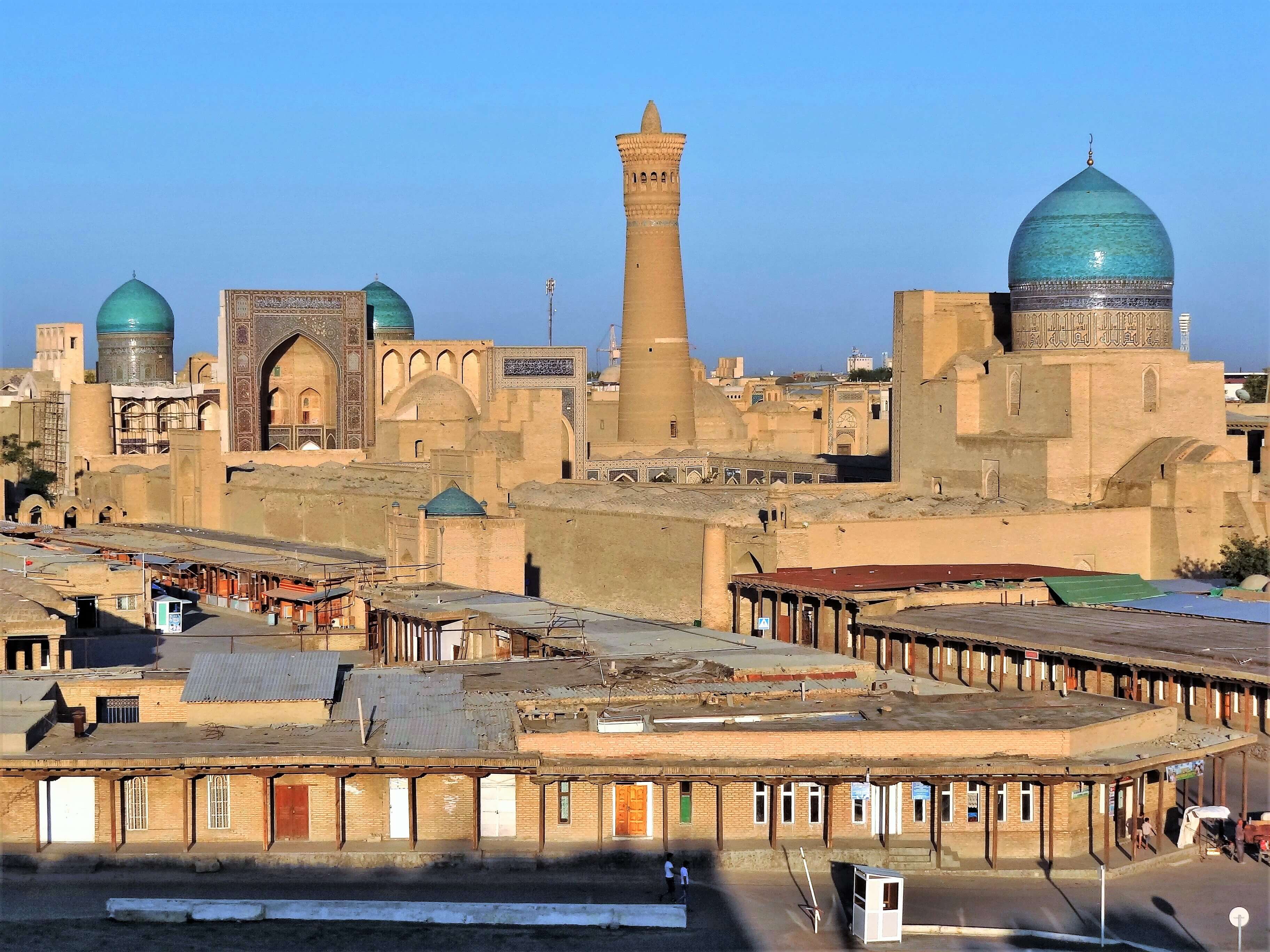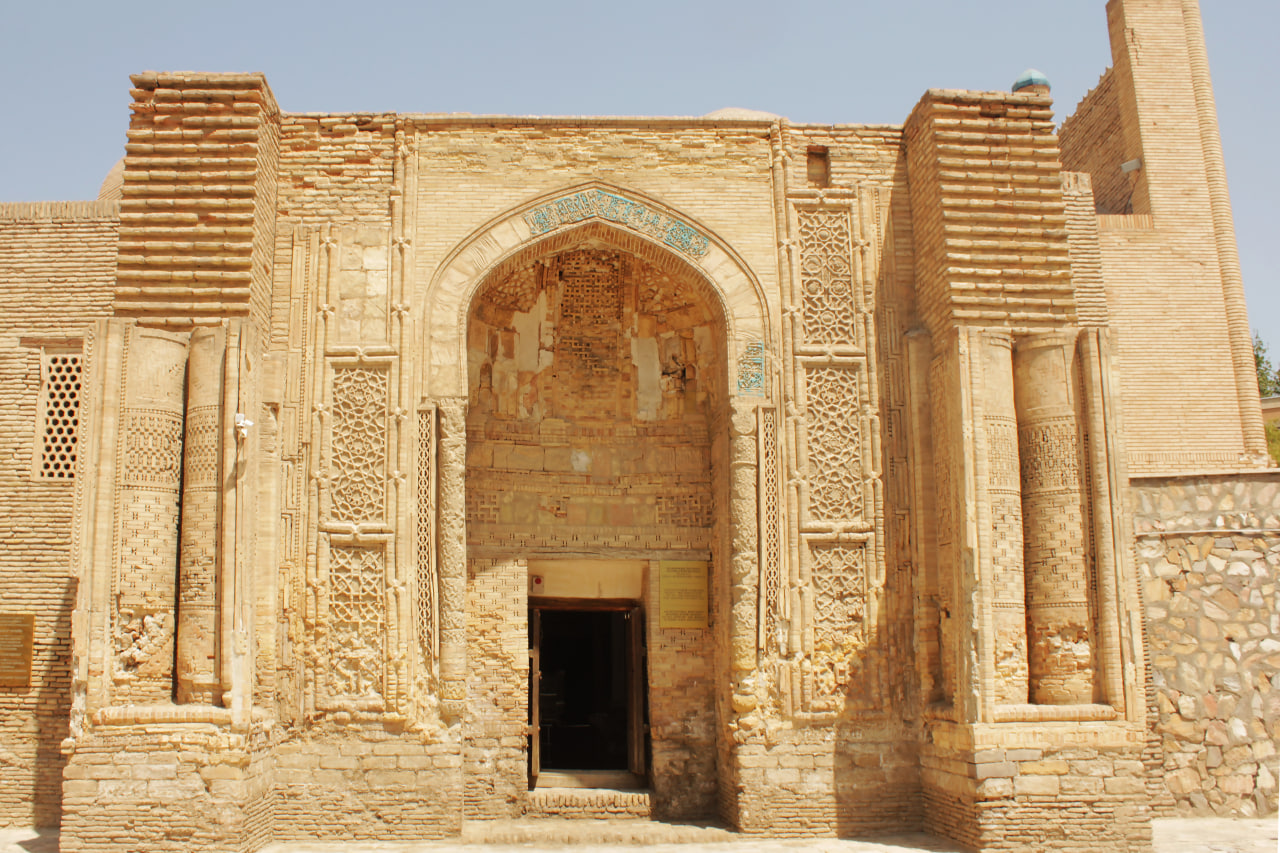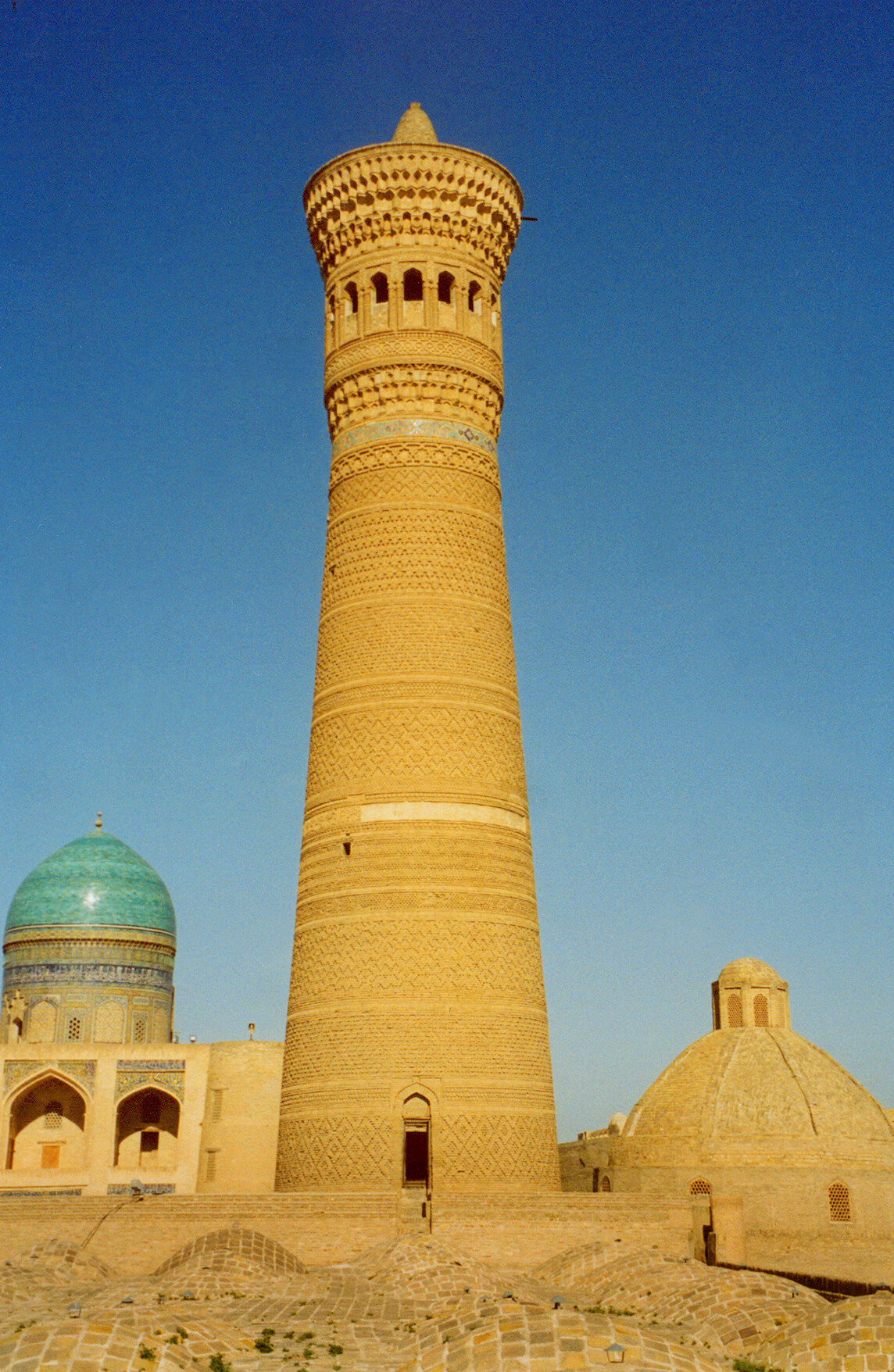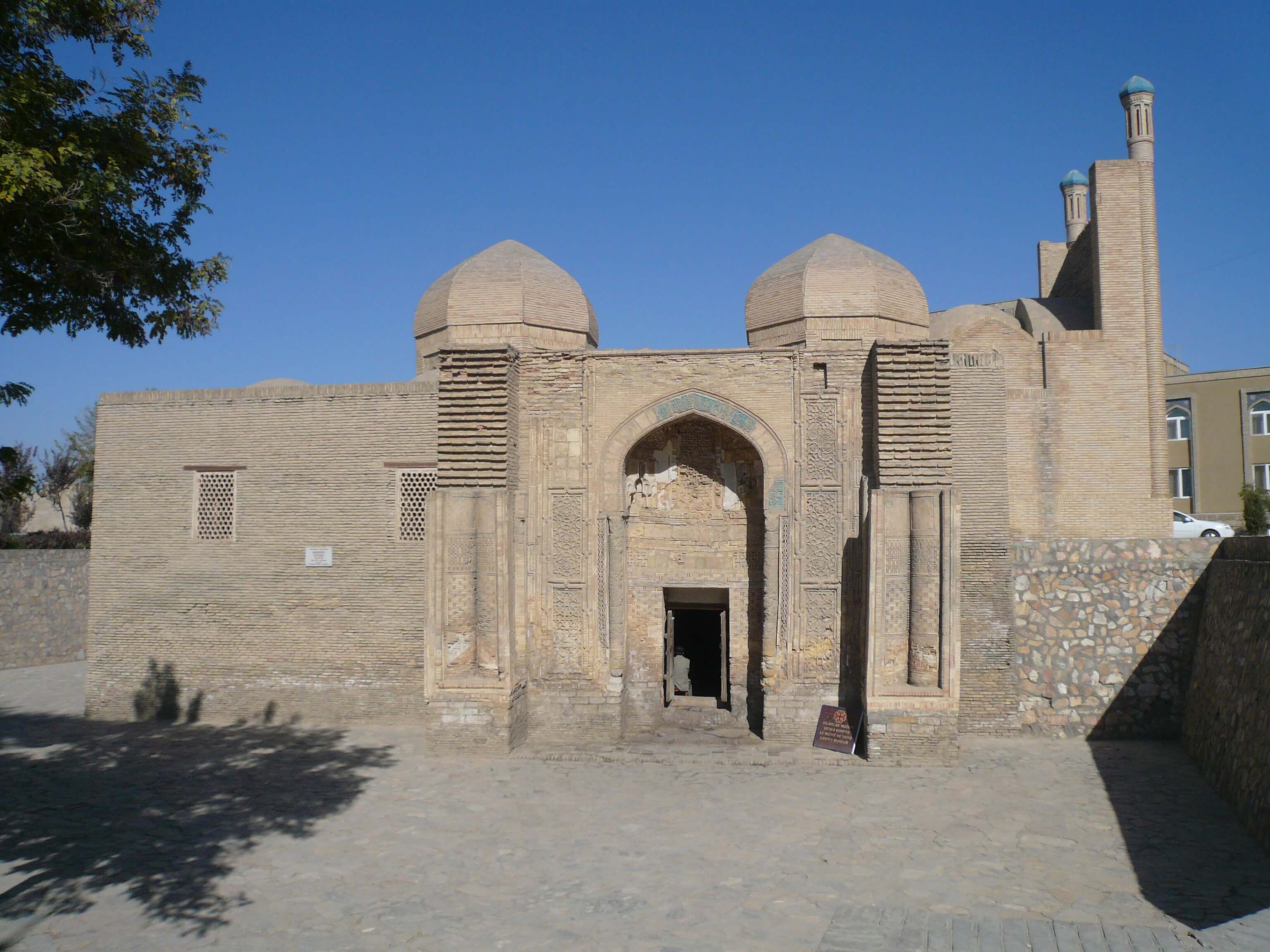Bukhara
Showplaces

Damda.uz
BUKHARA – THE GREATNESS OF THE ANCIENT EAST
Bukhara is considered one of the oldest cities, it was included in the UNESCO list, in 1997 it celebrated its 2500th anniversary, it is a real museum of architectural monuments of various eras. Bukhara takes its origins from the 1st century AD, since the settlement of the city began in this period. The rapid development began in the 6-7th centuries of our era.
The streets of the ancient city are reminiscent of the greatness of those times when the great minds of the medieval East lived there. If you listen and turn on your imagination, you can catch thousands of voices, conversations in various oriental languages, knocking of craft workshops, the rumble of a bazaar.
Today Bukhara is a tourist city, everywhere you can see foreigners talking in different Western languages, guides, beautiful hotels, modern buildings, mixed with buildings of an oriental flavor.
The eastern city is famous for its bazaars, and Bukhara is no exception, since it used to be the center of the caravan routes where the Great Silk Road traders stopped. The main trading platform of the city is Lyabi-Hauz, it was so before, it is now. After all, both tourists and residents of other cities, as well as local residents come here. It is here that organizes fairs of works of folk artisans, international events are held.
Another distinctive feature of the city are flower beds, namely roses, which are presented in a different color palette, white, red, pink, maroon.
In the center of the city there are government offices, hotels, various sports complexes, and nearby there is the Old Town, where there are bazaars, artisan shops, magnificent mosques and beautiful mausoleums. This contrast, the interweaving of the modern and the past gives the city a special aura.
None of those who came to Bukhara returns empty-handed, everyone gets souvenirs, which are presented here in a wide range, these are skullcaps, pottery, various clay toys and much more.
There are many museums in the city, and they are located almost at every step, as well as trees, numbering ages of several centuries and remembering the times and events of the past centuries. It is worth noting that the summer residence of the Emir of Bukhara, which is now a museum and contains various household items from Europe and Asia, brought to the city in the 19th and 20th centuries.
Attractions
Separately, it is worth mentioning the places of mass visits of tourists, of which there are a myriad. In order to get acquainted with all the monuments of architecture will take several days. In general, in the ancient city there are about 140 buildings belonging to the Middle Ages. So, let\'s start in order that you must visit.
Kalyan
The main symbol of the old city is Kalyan, the minaret whose height reaches 47 meters. It was erected in the 12th century during the reign of the Karakhanids, and at that time was considered the highest minaret in all of Central Asia. From the height of this structure, people were summoned to prayer from the whole district and served as a kind of lighthouse.
Khoja-Gaukushon
This complex is one of the largest monuments of the historical center of the city. It includes a madrasah, a minaret and a mosque, and in translation the word Gaukushon means “killing bulls”, since in the past there was a bazaar at this place, and before that there was a slaughterhouse.
Lyabi-Hauz
In ancient times, it was considered the center of life of the Bukhara society, there were trading floors, beauty salons, catering and leisure facilities. The reservoir served as a source of drinking water. It should be noted that this reservoir is the central element of the whole architectural complex.
Nadir Divan Begi
The building was erected in the 17th century, the building was served by the Sherdor madrasah, which is located in Samarkand. The main difference between the two buildings is that the mythical birds are placed on the portal. It received its name in honor of the man who ordered to build the building, namely the vizier Nadir.
Samanids Mausoleum
This architectural monument is considered one of the most ancient, as it is the burial place of the Samanid dynasty. It is considered an example of the architectural mastery of the Samanid era, which ruled in 875-999.
Chashma Ayub
Tradition says, at a time when everyone suffered in a desert area due to lack of water, Job came to them, who provided people with drinking water. A drinking spring formed at the impact site by a stick on the ground, then in a circle from the spring with water and Chashma-Ayub was built.
Madrasah Abdulazizkhana
The construction of the complex dates back to the 17th century. The idea of architecture was to show the building as an example of unprecedented beauty and luxury. A distinctive feature is the fact that instead of geometric ornaments used in the construction of local complexes, elements were used to depict a dragon and the famous bird Semurg.
Miri Arab
Today it is a functioning institution, where future figures in the field of religion are trained. Now the building is almost completely restored, namely its north wing and the top of the portal. In addition, arcades and domes were strengthened. Every year storks nest here.
Magokki-Attori
This structure is shrouded in many secrets and mysteries. Prior to the Arab invasion, there was a marketplace where they sold various goods and products, as well as the Temple of the Moon. At this place, this mosque was built, its name, which means “pit” was the result of the fact that at that time the structure was already hidden by half other cultural layers.
Trade domes of Bukhara
They are located from the reservoir Lyabi-Hauz to the architectural monument Miri-Arab. At the time of the Sheybanids in the 16th century, the city was the capital and was located at the intersection of the Great trade routes, in connection with which the intersections of the main roads of Bukhara were filled with various trading platforms.
Ark Citadel
This monument is a huge fortress that seems to be standing in the center of the city almost from its very creation, protecting and protecting the rulers of Bukhara and being the oldest element of state power. To this day, it is not known how old this structure is, at least not less than one and a half thousand years old, and already at that time there were rulers there. The building was erected by the forces of thousands of slaves who created this hill manually without the help of technical means several centuries ago.
Coming to Bukhara, you understand that there are places in the world where time stops and does not move, resembling engraved elements on ancient letters, shrouded in mystery and mystery. In this lies the whole charm of the ancient city.


